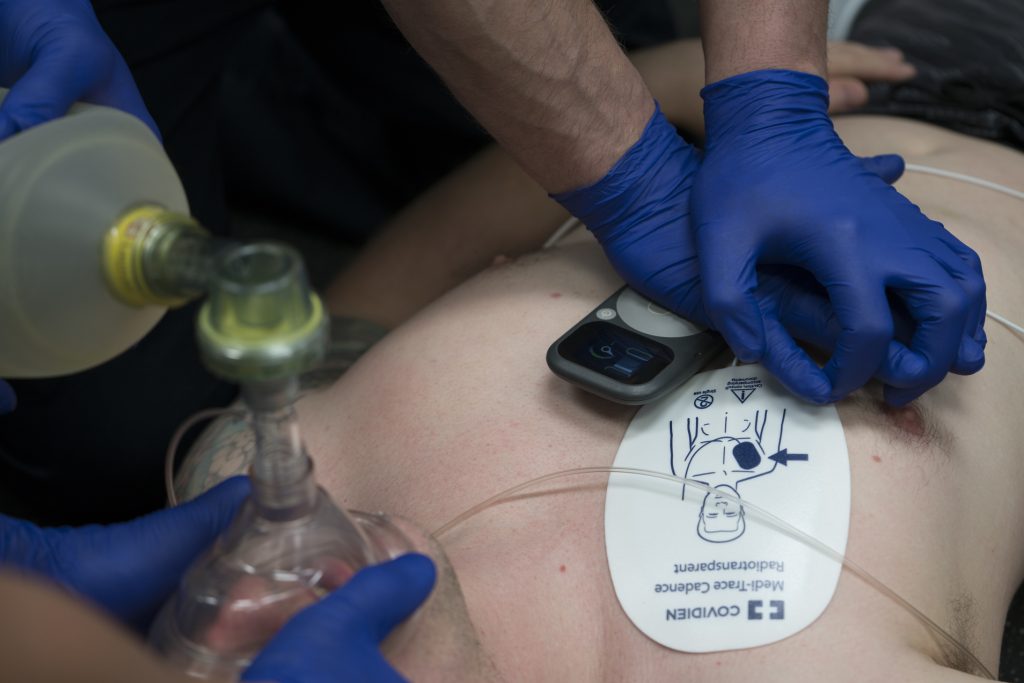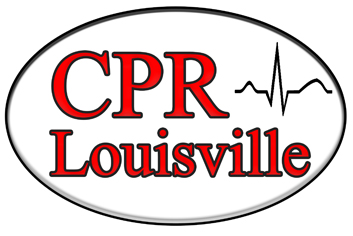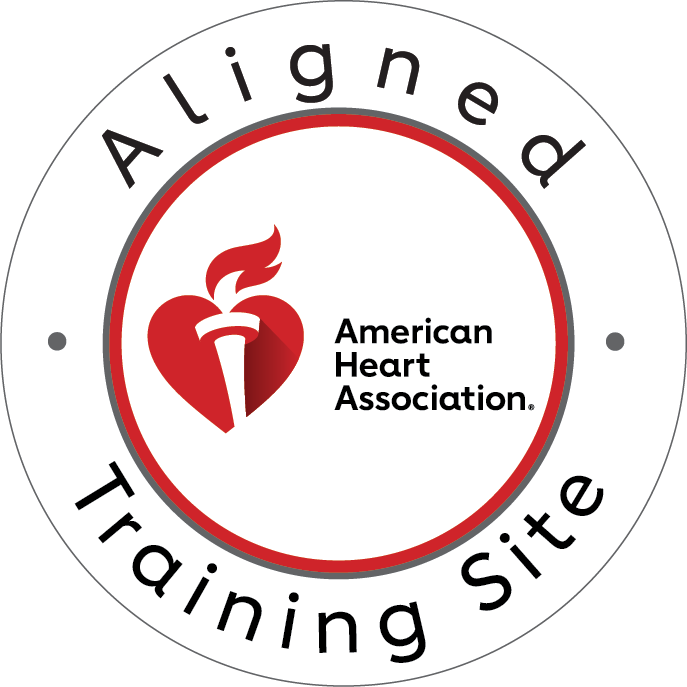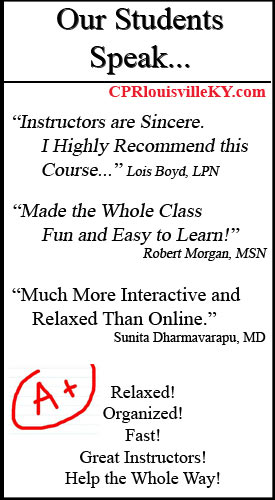High-quality cardiopulmonary resuscitation (CPR) is one of the most critical factors in improving survival rates for cardiac arrest victims. The American Heart Association (AHA) emphasizes that effective chest compressions, performed at the correct depth, rate, and with proper recoil, can significantly increase a patient’s chance of survival. However, even trained responders can struggle to maintain these standards under pressure.
This is where chest compression feedback devices play a crucial role. These devices provide real-time monitoring and feedback to ensure that CPR is performed effectively. By measuring key aspects of chest compressions, such as rate, depth, and recoil, they help rescuers adhere to AHA guidelines. Whether used in training or during live resuscitations, these tools improve CPR quality, enhance team performance, and ultimately increase survival rates.

The Core Functions of Compression Feedback Devices
A chest compression feedback device continuously monitors and evaluates CPR performance. These devices are designed to ensure that rescuers meet the AHA’s recommended compression standards.
One of the primary functions of these devices is real-time rate monitoring. Compressions should be delivered at a rate of 100-120 compressions per minute to ensure adequate blood circulation. A feedback device tracks the compression rate and alerts the rescuer if they need to speed up or slow down. This is crucial because compressions that are too fast may not allow the heart to refill properly, while compressions that are too slow may not generate enough circulation.
Another critical function is depth measurement. Effective compressions must reach a depth of 2-2.4 inches (5-6 cm) in adults to adequately compress the heart and push oxygenated blood throughout the body. A feedback device monitors each compression and provides immediate alerts if the depth is insufficient or excessive. Consistently shallow compressions reduce CPR effectiveness, while overly deep compressions could cause injury.
Chest recoil assessment is another key component. After each compression, the chest must fully recoil to allow the heart to refill with blood. Inadequate recoil reduces the effectiveness of CPR and limits blood flow to vital organs. A chest compression feedback device detects whether the rescuer is allowing full recoil and provides corrective feedback when needed. This ensures that every compression cycle maximizes circulation.
How These Devices Improve CPR Performance
The immediate feedback provided by chest compression monitors helps rescuers adjust their technique in real time. Instead of guessing whether they are meeting CPR guidelines, providers receive clear indicators on their performance. This reduces variability and ensures that high-quality CPR is delivered consistently.
Additionally, these devices help reduce provider fatigue. Performing CPR for an extended period is physically exhausting, and fatigue can lead to weaker compressions or incorrect technique. Feedback devices optimize effort, helping rescuers maintain high-quality compressions while conserving energy.
In team-based resuscitations, these devices also enhance team performance. Clear, objective feedback allows team members to coordinate effectively, ensuring that CPR remains continuous and meets optimal standards. In many cases, these tools integrate with defibrillators and emergency response systems, further streamlining care.
Beyond real-time CPR improvement, data collection is another major advantage. Many feedback devices store performance data that can be used for post-event analysis and training. Reviewing this data helps healthcare teams identify areas for improvement, refine their CPR skills, and enhance overall resuscitation efforts.
Types of Feedback Mechanisms
Chest compression feedback devices use different types of indicators to provide real-time guidance. Some devices feature visual indicators, such as LED screens or color-coded signals, that display compression depth and rate. These provide clear, immediate feedback for rescuers to adjust their technique.
Audio prompts and metronomes are also commonly used. These devices provide verbal cues such as “push harder” or “compress slower,” helping rescuers maintain proper technique. Metronomes, which produce rhythmic beeping sounds, help users keep a steady compression rate.
Some advanced devices incorporate tactile feedback, using vibration or resistance to indicate proper compression depth. These are particularly useful in training environments, helping students develop muscle memory for correct technique.
Many feedback devices also integrate with defibrillators, providing seamless CPR monitoring in emergency situations. These integrated systems display CPR metrics alongside heart rhythm analysis, ensuring a more comprehensive approach to resuscitation.
Training Applications
CPR certification courses increasingly incorporate chest compression feedback devices to ensure high-quality training. Using real-time monitoring during CPR certification courses allows students to practice effective compressions and adjust their technique before encountering real emergencies.
Training with these devices helps participants develop consistent and correct compression depth and rate, which translates into better performance during actual rescues. Many training centers, including CPR Louisville, integrate these tools into their Basic Life Support (BLS), Advanced Cardiovascular Life Support (ACLS), and Pediatric Advanced Life Support (PALS) courses.
For healthcare providers, regular practice with these devices ensures that CPR skills remain sharp. Even experienced professionals can benefit from ongoing training and performance assessment, which helps maintain CPR proficiency over time.
Implementation in Clinical Settings
In hospital settings, chest compression feedback devices are integrated into emergency response protocols to improve CPR quality. Many hospitals have adopted these tools as part of their code blue response systems, ensuring that every resuscitation effort meets AHA guidelines.
For emergency medical services (EMS), these devices play a crucial role in pre-hospital care. Paramedics and EMTs use them to optimize CPR performance in the field, where conditions are often unpredictable. Feedback devices help rescuers deliver consistent, high-quality compressions regardless of the environment.
Hospitals and EMS agencies also use compression feedback data for quality improvement programs. By analyzing CPR performance after resuscitation events, healthcare teams can identify patterns, improve training protocols, and enhance patient outcomes. Additionally, documentation from these devices provides objective records of CPR quality, which can be used for compliance and accreditation purposes.
Chest compression feedback devices have transformed the way CPR is performed and evaluated. By monitoring critical factors such as compression rate, depth, and recoil, these devices help rescuers deliver high-quality CPR that aligns with AHA guidelines.
From real-time feedback and improved team coordination to data-driven training and quality improvement, these tools enhance resuscitation efforts in both clinical and training environments. Their role in CPR certification courses, hospital settings, and EMS applications underscores their importance in modern emergency response.
Investing in CPR training that incorporates feedback devices, such as those offered by CPR Louisville, ensures that providers have the skills and knowledge necessary to perform life-saving interventions effectively. Whether you are a healthcare professional, first responder, or bystander, learning high-quality CPR with real-time feedback can help save lives.





